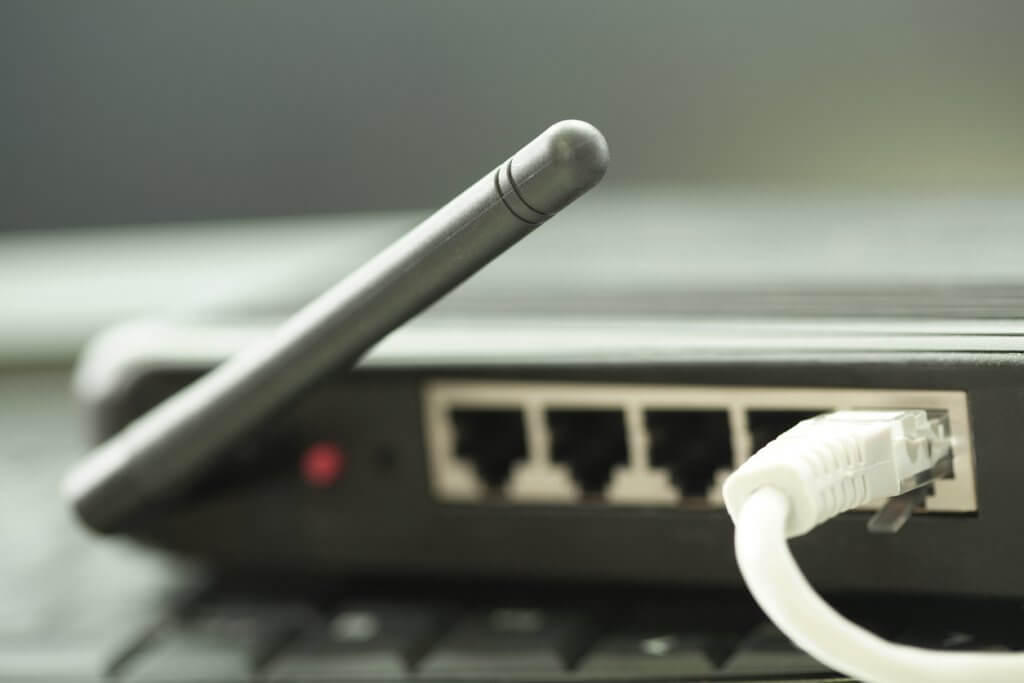Drexel University’s Material Science Lab in the USA has been conducting research into one of the most crucial elements of communication, antennas. Traditionally, antennas are often thought of as large and bulky, but in fact they can be very, very small and as portable electronic devices evolve, so too will antennas.

The University’s Lab focuses on nanomaterials, these materials are more than 100,000 times thinner than a human hair. The lab developed a way to combine metals with carbon or nitrogen atoms and in doing so were able to create a material that’s a good conductor, is very strong and only a few atoms thick. They called these new materials MXenses and recently discovered that they could mix them with water to expand their functionality and create an additional use.
Mixing the MXenes with water enabled researchers to create spray on antennas. The researchers were able to use the spray on antennas on any surface, from glass to bricks, they even used an inkjet printer to print antennas onto paper. This application of MXenses with water opens the door to all kinds of new smaller, lighter and more flexible antennas that are being made from more versatile materials.
With the rise of wearable tech such as smart clothes, smart watches and other wearable monitors, the industry will benefit greatly from the improved flexibility these spray on antennas can provide. As well as wearable tech, another technology constantly being adopted is RFID. Radio-Frequency Identification (RFID), is where a tag or a label is captured/read by a reader via radio waves. These tags are used in various industries across the globe and come in different forms, from passports to stickers to track boxes in warehouses. More versatile antennas could lead to even more use cases for RFID tags and other technologies alike.
The university discovered MXenes back in 2011 and ever since they have been exploring a multitude of uses for the material. To date MXenes has successfully been used in energy storage devices, electromagnetic interference shielding, water filtration, chemical sensing, structural reinforcement, cancer treatment and gas separation. The physical and electrical properties of the MXenes mentioned in above examples include: transparency to light, electronic conductivity, chemical stability and physical strength.
Different metals can be used to create and alter the properties of MXenes and with the added flexibility of being able to airbrush the product onto almost any surface when mixed with water, MXenes is a versatile new material that opens the door to new possibilities for all types of electronic devices.

